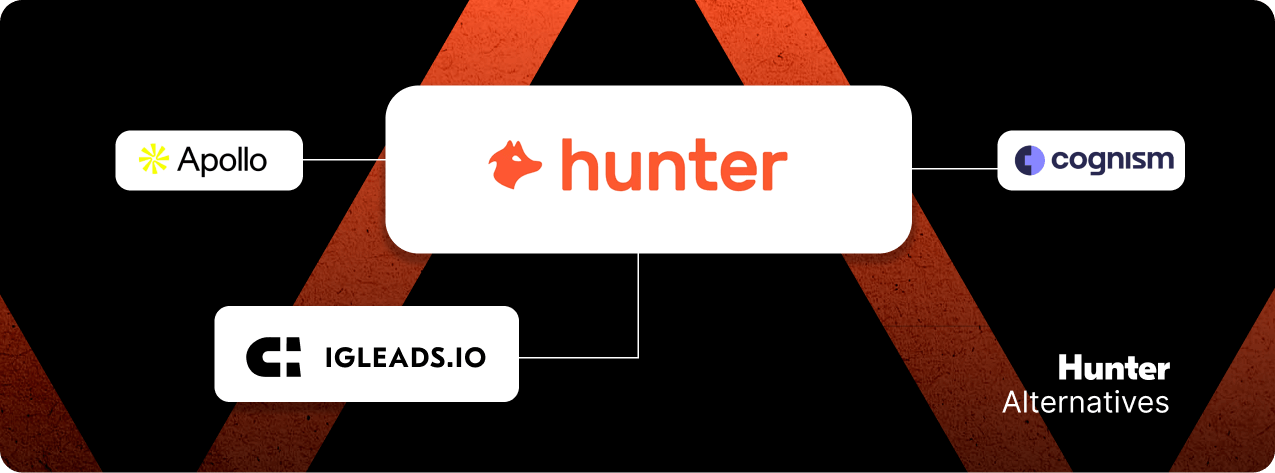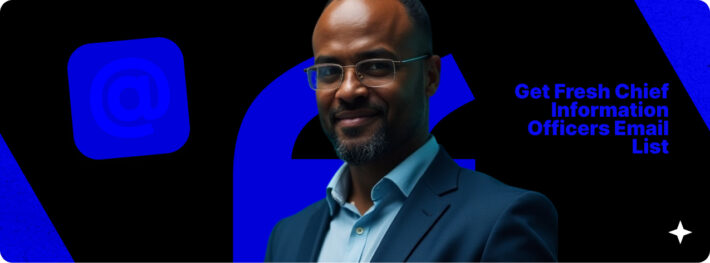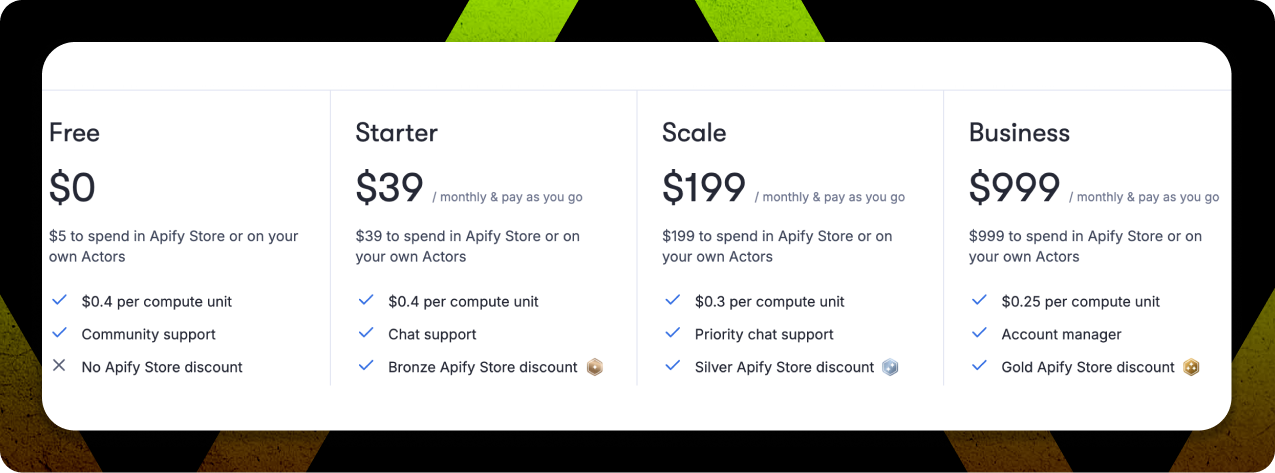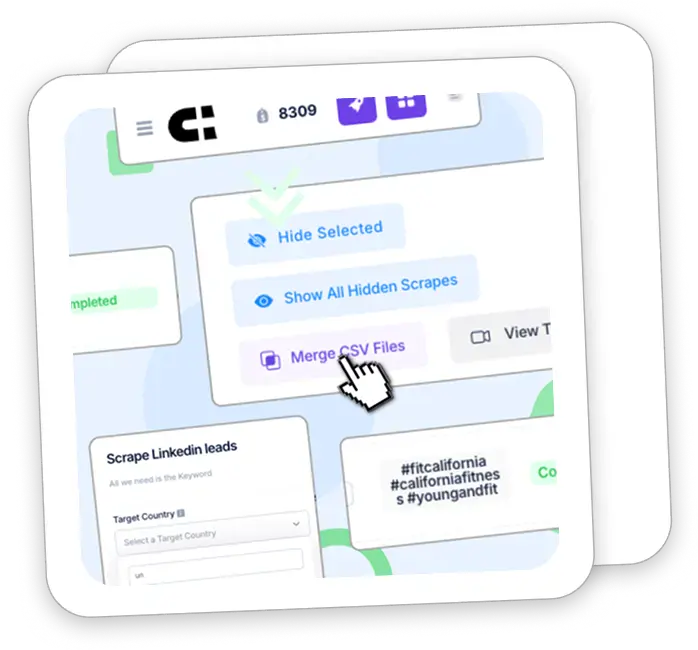Get Fresh HR Email List 2025
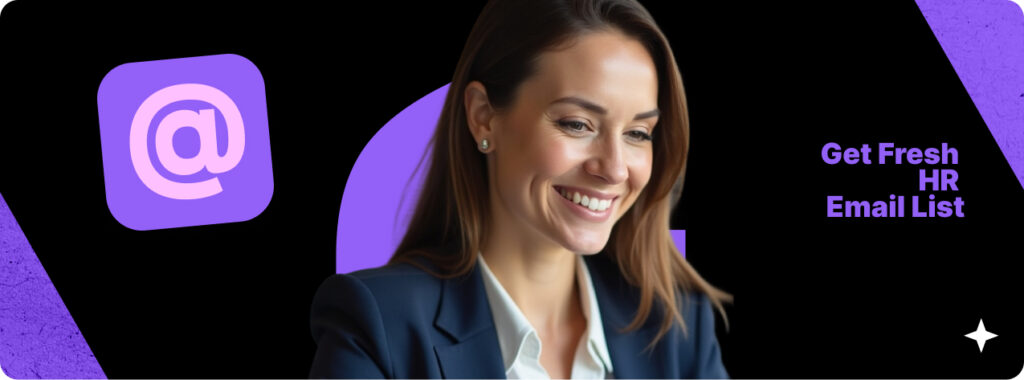
Looking for a reliable HR email list in 2025? You can buy one or build your own. This guide covers both. We’ll compare vendors, show you how to source HR contacts from directories and LinkedIn, and then walk through creating a targeted list with an email scraper like IGLeads. You’ll learn how to filter by job title, industry, or location, export to CSV, and keep everything compliant and verified. Expect practical steps, sample filters, and a checklist to make sure your campaigns reach real HR decision-makers.
Top 5 ways to get fresh HR email lists
Finding a reliable HR email list starts with knowing where to look. Whether you’re targeting recruiters, HR tech buyers, or DEI leaders, these five proven methods will help you build a high-quality contact list that delivers results.
1. Use job platforms and HR directories
Many HR professionals maintain public profiles on platforms like SHRM (Society for Human Resource Management), HRCI, and HR.com. These industry-specific directories allow you to search by certification level, industry, and geographic region.
SHRM alone has over 300,000 members, many of whom list detailed public info including their company, title, and often a way to contact them directly. While not all platforms allow email scraping, many provide enough context to cross-reference contact info using other tools or manual research.
To get the most out of directories:
- Prioritize platforms with search filters by title or region
- Look for sites where professionals actively maintain profiles
- Use the company name and job title to source emails from other public sources
- Avoid outdated, static directories that haven’t been updated in over a year
2. Tap into LinkedIn for live HR profiles
LinkedIn is one of the richest sources of HR contact data — especially for outreach. From Heads of People at fast-growing startups to HR generalists at mid-size firms, most professionals keep their profiles updated.
You can find thousands of HR contacts using LinkedIn filters like industry, company size, and job function. A standard account lets you send up to 100 connection requests per week, while Sales Navigator expands your search capabilities and contact limits.
Effective tactics include:
- Sending personalized connection requests (use all 300 characters)
- Joining HR-specific groups to gain visibility
- Filtering by “HR Manager,” “People Ops,” “Chief People Officer,” and similar titles
- Following and engaging with company HR pages before reaching out
3. Use an email scraper like IGLeads to automate HR lead generation
Email scraping tools make it easy to collect large batches of HR contacts without manual work. IGLeads.io is built specifically for this — it extracts HR decision-maker emails from LinkedIn, Google Maps, social media, and company websites, then delivers the results in a clean CSV file.
This method is ideal if you want fresh, filtered data based on:
- Job title (e.g., “HR Manager”, “Head of Talent”)
- Location or industry
- Public business presence (from websites or social media)
The scraper can pull hundreds or even thousands of leads per day depending on your filters, helping you build a clean, targeted HR contact list without relying on outdated databases.
4. Purchase from reputable B2B data providers
If speed is more important than personalization, you can buy HR email lists from trusted providers. These services offer prebuilt or custom-segmented HR contact databases with filters by job title, company size, and location.
Popular vendors like BookYourData or ZoomInfo offer verified lists with deliverability guarantees of 90–95%. Some specialize in enterprise HR contacts, while others focus on small and mid-sized business buyers.
Look for providers who offer:
- Transparent filtering options
- Recent update timestamps
- GDPR/CAN-SPAM compliance
- Free sample records before purchase
5. Leverage HR events and webinar attendee lists
HR professionals frequently attend virtual summits, industry webinars, and in-person conferences like HR Tech or WorkHuman. Some of these events publish speaker or attendee directories — and in some cases, registration pages can be scraped or exported if you’re running the event yourself.
If you sponsor or host webinars targeting HR professionals, you can grow your list with opt-ins from highly relevant attendees.
Tips:
- Offer downloadable resources (e.g., “HR Tech Toolkit”) in exchange for emails
- Host topic-specific webinars (e.g., “How to Manage Remote Teams”)
- Use event follow-ups to qualify and segment your growing list
Benefits of targeting verified HR email addresses
Reaching human resources professionals with a verified HR email list brings tangible benefits to your outreach and marketing campaigns. These are the people in charge of hiring decisions, internal communications, benefits, compliance, training, and more, which makes them high-value prospects across nearly every industry.
Using verified HR contact data helps ensure your emails land in inboxes, not spam folders. Email addresses are validated for structure, domain activity, and engagement, which means you’re not wasting time or money on dead ends. This improves sender reputation, increases open rates, and protects your deliverability metrics.
The ROI speaks for itself. Email marketing has long been one of the most cost-effective marketing channels, with average returns around $40 per dollar spent. But with verified HR email lists, that number improves thanks to better targeting and fewer bounces. Clean HR contact data also ensures compliance with privacy laws like GDPR, CASL, and CAN-SPAM, protecting you from legal risk while maintaining trust.
Verified HR lists also give you room to segment based on:
- Job titles (HR manager, director of people, talent acquisition lead, etc.)
- Company size or industry
- Location (local, national, international targeting)
- Decision-making role (individual contributor vs department head)
That means you can send tailored messages to HR managers at 500+ employee tech companies, while targeting a different offer to HR generalists at 20-person startups. Personalized messaging leads to stronger engagement, higher click-through rates, and more qualified leads.
Using a well-maintained HR email list also streamlines your workflow. Your team spends less time cleaning data or chasing down the right contact, and more time actually engaging leads and closing deals.
Finally, verified HR data powers multichannel strategies. You can repurpose the contact list for LinkedIn outreach, phone campaigns, or retargeted ad audiences. Whether you’re promoting payroll software, remote work tools, or DEI programs, having a clean list of HR emails gives you a major head start.
What to Check Before Buying an HR Email List (and How IGLeads Handles It)
Not all HR email lists are created equal. A bad list means low deliverability, bounce-backs, or compliance headaches. Here’s what you should check, and how IGLeads compares.
1. How recently was the data verified?
HR roles change constantly. A list that was “cleaned” 3–6 months ago may already be stale.
- Traditional vendors: Some providers manually verify emails and claim 95–98% accuracy, but updates are often quarterly or slower.
- IGLeads: Our email scraper pulls data in real time from public sources (LinkedIn, directories, company pages). That means the contact info is as recent as the last update by the HR professional themselves.
2. Can you filter by job title, location, or company size?
Segmentation makes or breaks your campaign.
- Traditional vendors: They often provide predefined filters, but you’re limited to whatever their database offers.
- IGLeads: Our scraper gives you flexibility to build lists your way. Filter by keywords (e.g. “HR Director”), add context (e.g. “tech companies in Texas”), and export to CSV. You’re not locked into static lists — you generate what you need, when you need it.
3. What’s the average deliverability rate?
Deliverability = how many emails actually land in inboxes.
- Traditional vendors: Some claim 95%+ deliverability with bounce-back replacements. This is great, but usually tied to higher costs.
- IGLeads: Because we scrape data directly, deliverability won’t match those polished, hand-verified lists. However, the volume and freshness of contacts means you can afford some bounce-backs and still connect with more real HR professionals overall. Pairing IGLeads with an email verification tool is the best practice.
4. Is the list compliant with email marketing laws?
Compliance is critical. Violating CAN-SPAM, GDPR, or CASL can cost you thousands.
- Traditional vendors: Many advertise “opt-in” lists, but you still need to do your due diligence.
- IGLeads: Our scraper only pulls publicly available data. That means you’re sourcing from the same places people openly publish professional contact details. You’re responsible for sending campaigns in a compliant way: include opt-outs, stay transparent with sender info, and check the rules for your target region.
How to use an HR email list for marketing
Once you have a clean, segmented HR email list, it’s time to put it to work. Whether you’re promoting software, training programs, employee wellness tools, or B2B services, email remains one of the most effective ways to reach HR buyers. The key is smart execution — not just blasting out cold messages.
Promote HR tech or services
HR leaders are constantly evaluating tools for recruiting, onboarding, compliance, and internal communications. If your product solves a real HR challenge, email is a perfect way to pitch it — provided your message is relevant and respectful.
Apply the 80/20 rule: 80% valuable content, 20% direct promotion. For example:
- Offer a case study showing improved retention rates
- Highlight time saved with automation
- Invite HR teams to try a demo or free trial
- Mention integrations with platforms like BambooHR or Workday
Emails that focus on solving HR pain points will outperform those that only push features.
Send event invitations and webinars
Live events and webinars are highly effective with HR pros — especially when tied to topics like DEI, compliance changes, or hybrid work strategies.
Structure your outreach like this:
- Initial invite (3–4 weeks before)
- Reminder with added value (1 week before)
- Final push (1–2 days prior)
Make sure your emails include:
- Who it’s for (e.g. “For HR leaders at growing startups”)
- What they’ll learn or gain
- A simple call-to-action to register
Follow up after the event with a recording link or thank-you email. This strengthens the relationship and offers a chance to introduce your solution.
Share newsletters with HR insights
A consistent HR newsletter keeps your company top-of-mind and positions you as a thought leader. It’s a non-pushy way to nurture leads and provide real value.
Newsletter content might include:
- HR compliance tips or regulation updates
- Workplace trend analysis
- Success stories from clients in similar roles
- New content offers like playbooks or whitepapers
Aim to send newsletters monthly or bi-monthly. Keep them short, focused, and useful. Add one clear CTA per edition — whether that’s to read more, download a resource, or request a demo.
Use your HR list across channels
While email is your first stop, a verified HR contact list fuels other marketing channels too. You can:
- Upload contacts to LinkedIn for ad retargeting
- Launch voicemail drop or SMS campaigns
- Run personalized outreach via LinkedIn InMail
- Combine CRM and email sequences for nurturing
Just make sure all outreach complies with privacy regulations and keeps the value upfront — HR leaders are busy and protective of their inboxes.
Build Your HR Email List the Smart Way
Did we convince you that using IGLeads to build HR email lists is worth trying? With IGLeads, you don’t need coding skills or complex setups. Just set your filters, click “Start,” and export clean, accurate contacts in minutes. Sign up today and start reaching real HR decision-makers faster.
Find email lists by job position
- Get Fresh Chief Revenue Officers Email List 2025
- Get Fresh VP Email List 2025
- Get Fresh Chief Sales Officer Email List 2025
- Get Fresh COO Email List 2025
- Get Fresh IT Decision Makers Email List 2025
- Get Fresh Chief Information Officers Email List 2025
- Chief Marketing Officer Email List 2025
- Email Extractor Ultimate Guide 2025
- CFO Email List – Get Targeted CFO Contacts in 2025
- Get Fresh CEO Email List 2025
- Marketing Directors Email List: How to Build and Use One for Your Business
Explore more lead generation strategies and tools
- B2B Lead Generation Solutions – Guide for 2025
- How to Build a High-Quality B2B Email List for Outbound Marketing
- Buy Email Lists for Marketing in 2025: Complete Guide to Business Leads
- Why Scrape Google Maps? Use Cases for Sales, Marketing & SEO
- B2C Lead Generation: The 2025 Playbook
- 15 Best Lead Generation Companies for 2025
- Best B2B email list providers in 2025
- Top Lead Generation Agencies Compared (2025)
- 18 Best B2B Lead Generation softwares in 2025
- Lead Generation Guide: Strategies & Tools for 2025
Frequently Asked Questions
An HR email list is a curated collection of email addresses belonging to human resources professionals, such as HR managers, recruiters, and talent acquisition leads. These lists help businesses connect directly with decision-makers responsible for hiring, compliance, and employee management.
B2B marketers, HR tech companies, SaaS vendors, training providers, and recruiters can all benefit from HR email lists. These contacts allow you to reach professionals who oversee workforce planning, HR software, employee wellness, and policy decisions within their organizations.
You can build a verified HR list manually using LinkedIn and HR directories, use automation tools like IGLeads.io to scrape contact data, or purchase one from trusted data providers. Always choose sources that offer filtering, verification, and compliance with data privacy laws.
Yes, it is legal to email HR professionals if your campaign follows privacy laws like CAN-SPAM, GDPR, or CASL. Make sure your messages include clear unsubscribe options, truthful subject lines, and only target contacts collected through ethical, public, or opt-in methods.
To maintain accuracy and reduce bounce rates, your HR list should be updated every 30–60 days. HR professionals frequently change companies or roles, and using outdated lists can damage your deliverability and hurt your email sender reputation over time.


